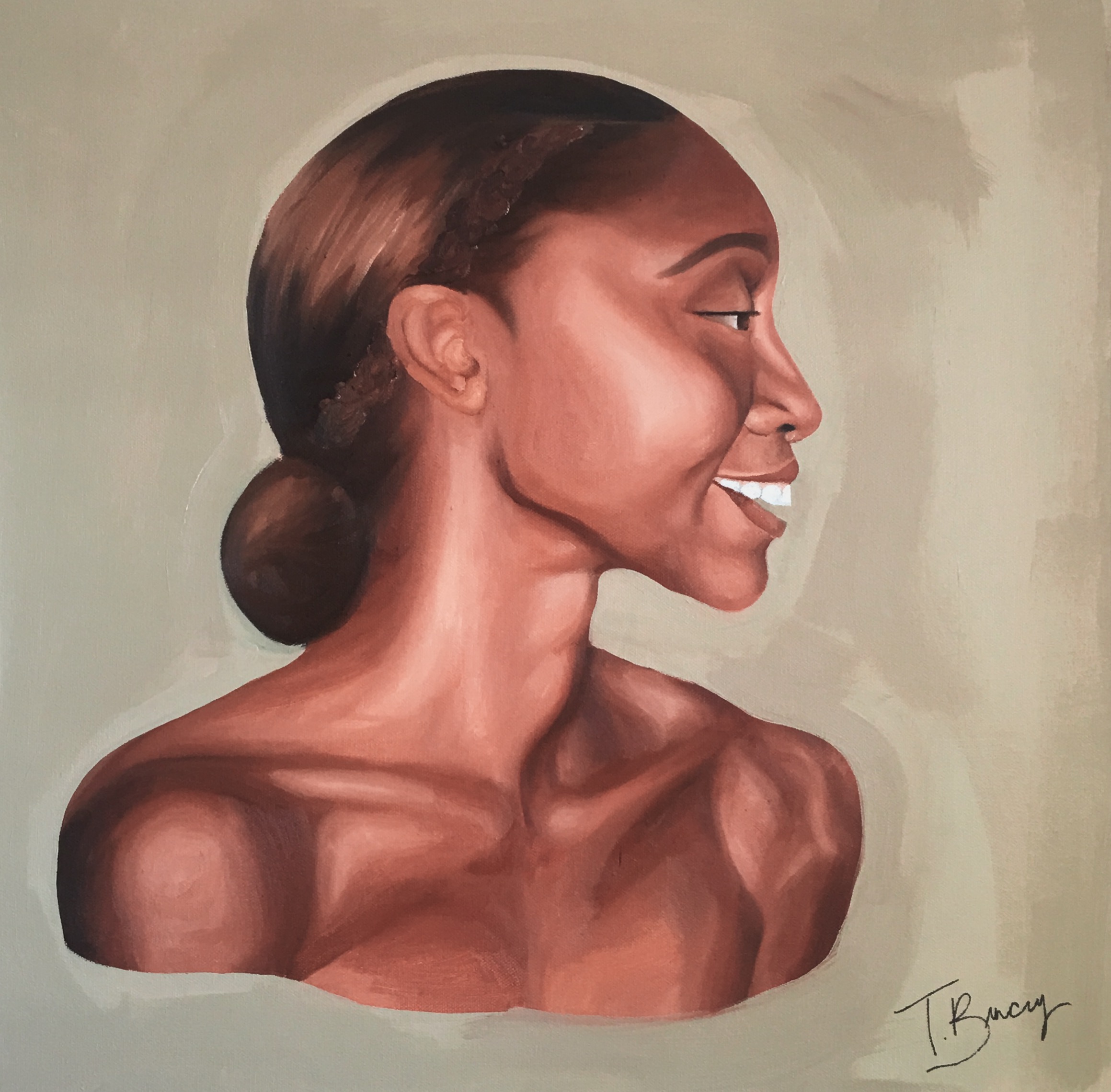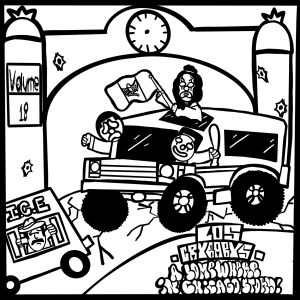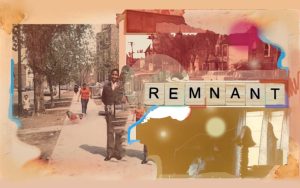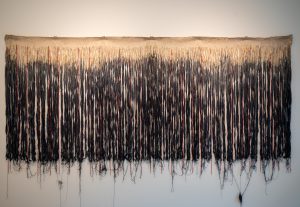Snapshot is a Sixty column that takes a quick look at art history as it happens in Chicago. We send artists and organizers a list of short and sweet questions to tell us about what they are doing right at this moment. For the newest installment, we sent our questions to painter, Tianna Bracey, whose work can be seen at the Zhou B Art Center as part of the exhibition, Black Love Matters, through November 9th.
Sixty Inches From Center: How would you describe your work?
Tianna Bracey: My work explores the subtleties of the painterly and figurative form. It is intended as recognizable snapshots of the female experience, ranging from the pleasurable to the mundane. I employ body language, gesture, movement and expression as narrative tools. Through every piece I aim to celebrate the power and vulnerability of women through portraiture.
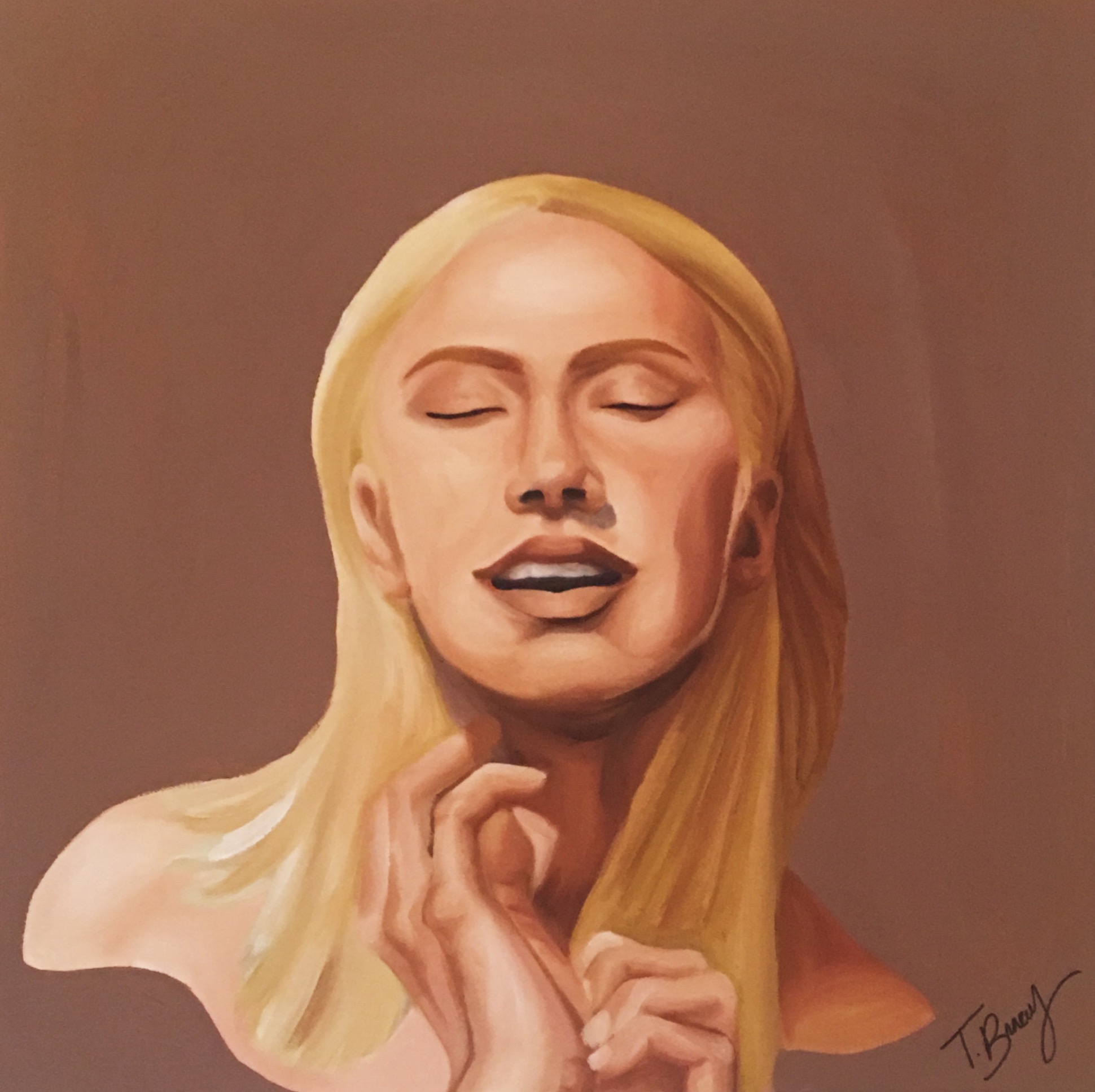
SIFC: What do you find most challenging about working as an artist?
TB: Knowing the difference between when to let go and when to push through is by far my biggest challenge. I have no problem painting over something. I don’t get attached and that can make it hard to stay committed to a painting that’s proving to be difficult to complete. However, when I finish a work of art that seemed like it was not going to come together, or that skill-wise I was incapable – that’s the most rewarding experience. In actuality, it’s self doubt and there is no better feeling than proving yourself wrong.
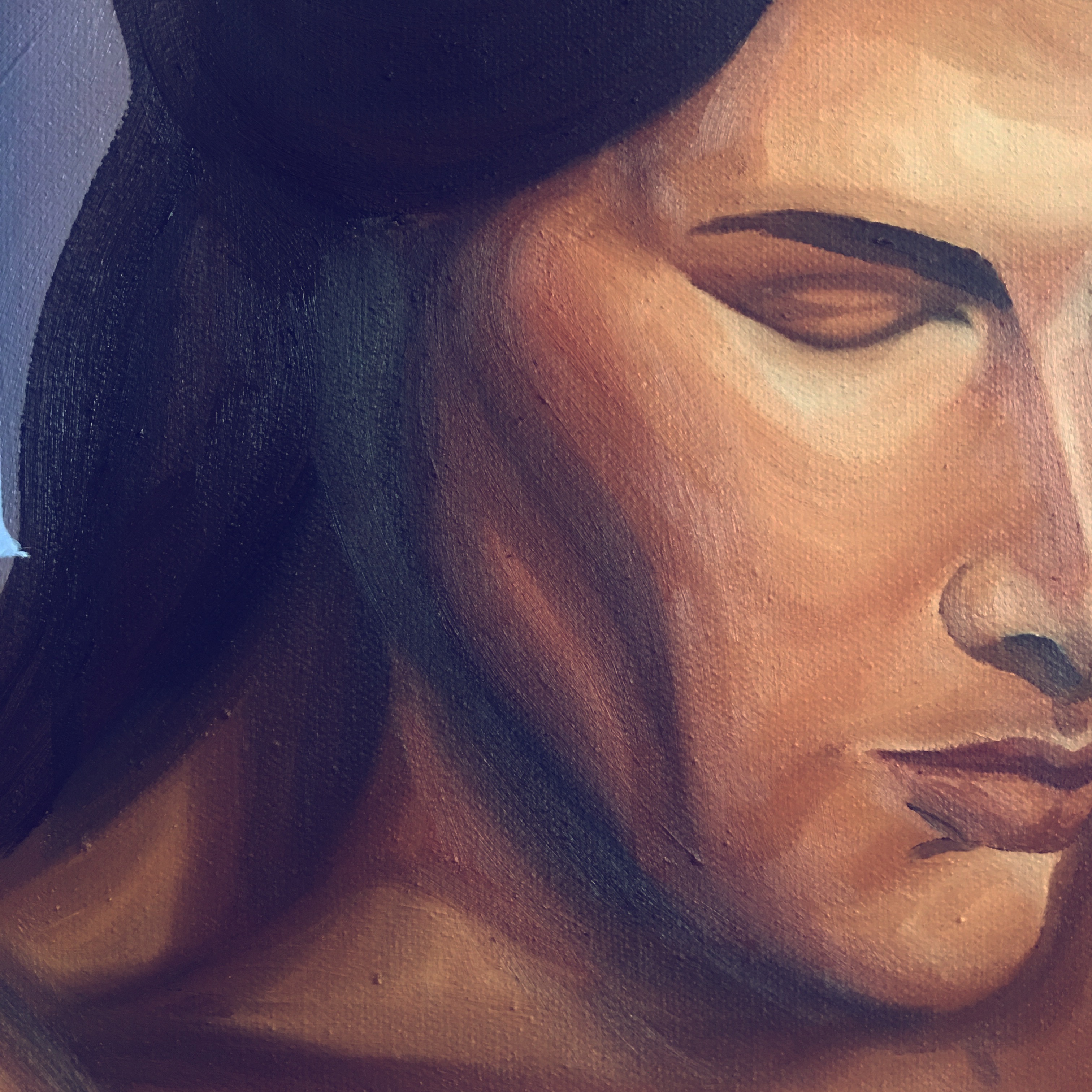
SIFC: What captures your attention as an artist?
TB: I’m captivated on the train. People rolling their eyes at conversations, twisting their nose at a smell, biting their lip – so many little moments found in everyday life capture my attention and I try to incorporate that into my art.
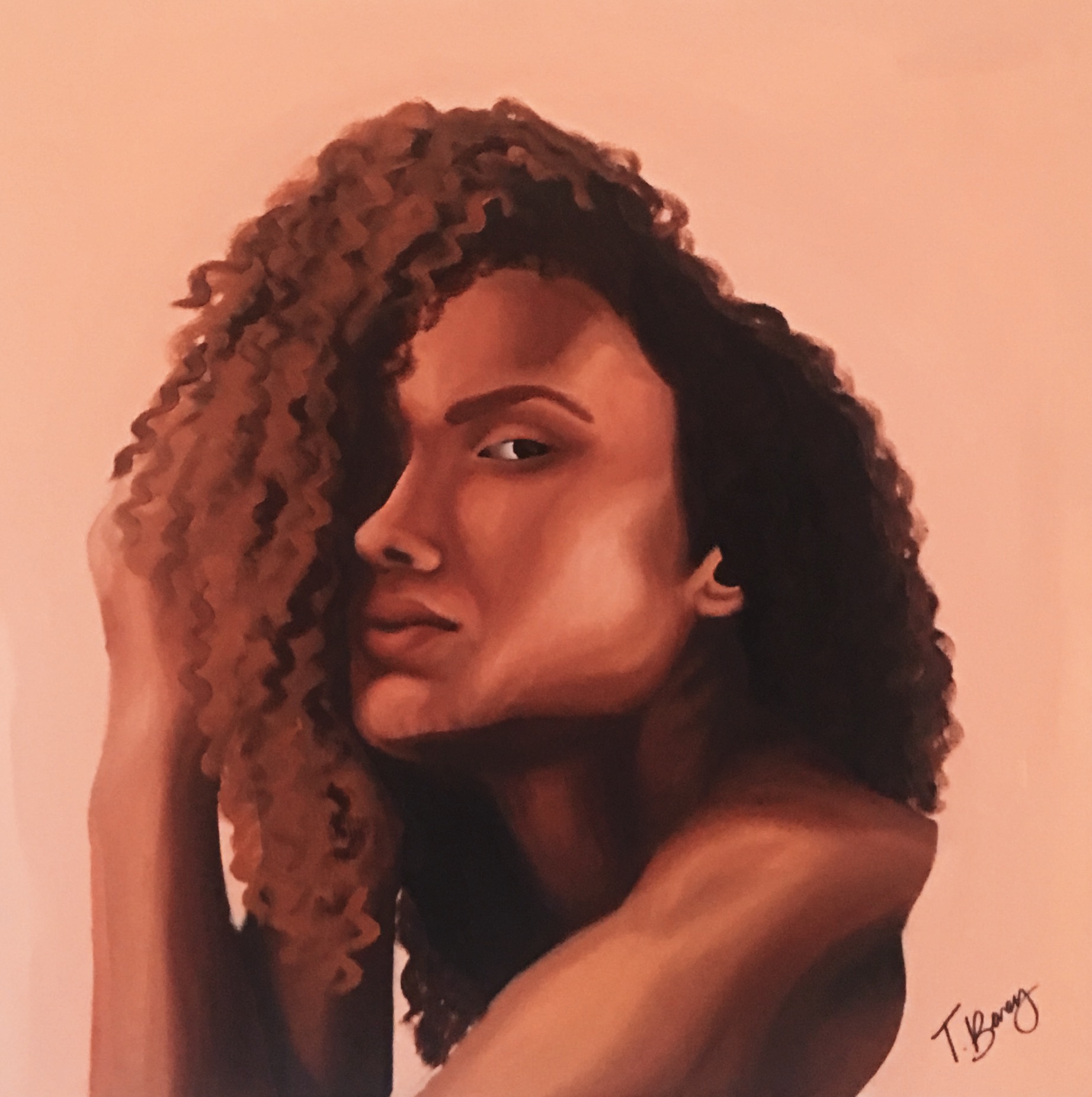
SIFC: What is your process like?
TB: My process usually begins with mixing paint and a dope playlist. Even if I don’t have the faintest idea of what’s actually going onto the canvas, I know the tones that I like to work in. I use the same color palette for multiple paintings so that’s always a great starting point. From there, I may do a quick sketch just to lay down a composition but I try to have the entire canvas covered pretty quickly. That’s mostly because I’m really impatient and like to see what I’m working with but also because each painting requires multiple layers and I’m accounting for drying time. After that, it’s up in the air. Sometimes I really love a painting and can knock it out in a few days. Other times, it’s really challenging and I may be working on a single painting for months before it’s done.
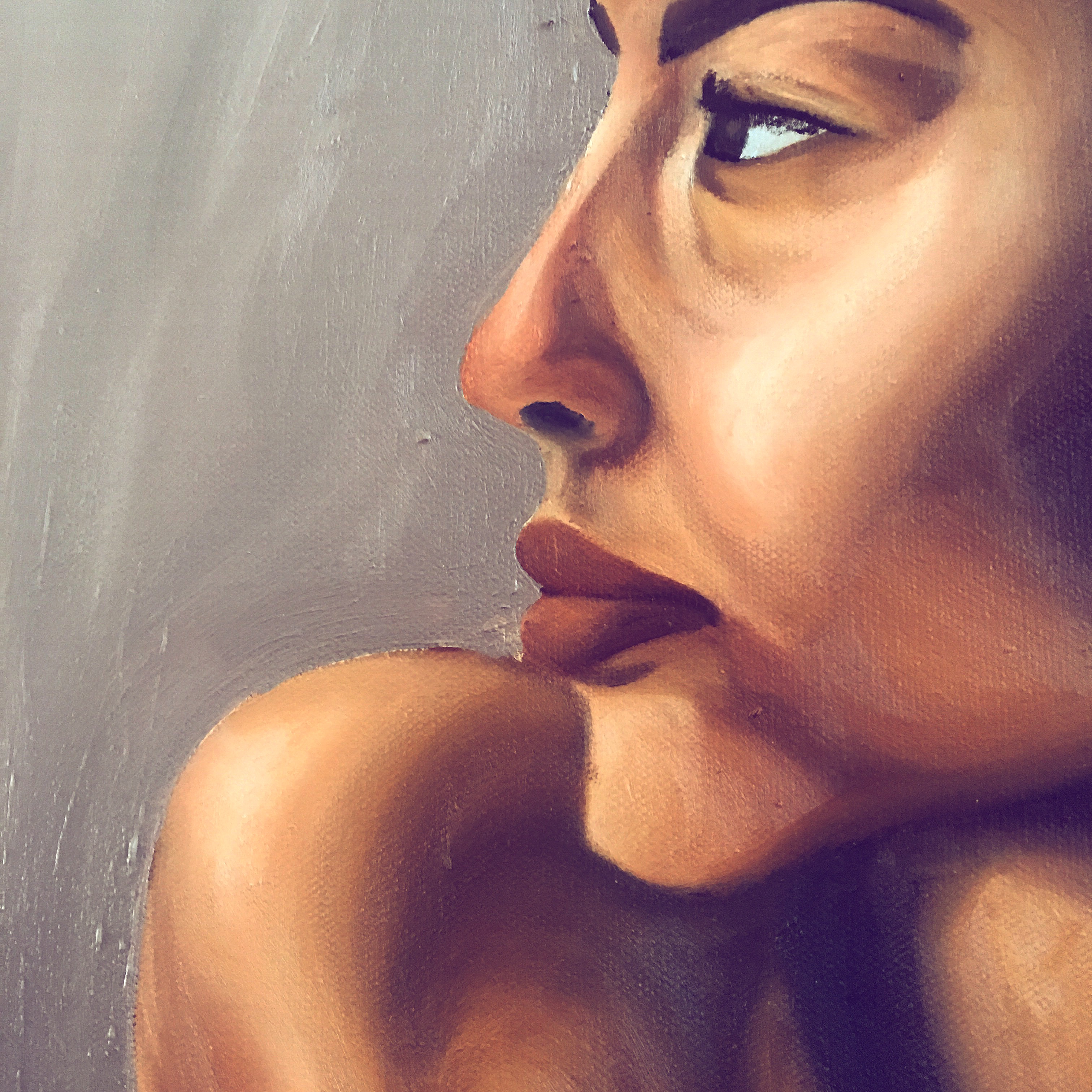
SIFC: What is your relationship to Chicago and how would you describe its art scene? Is there anything you would change about it?
TB: I’m a kid of divorce. Both of my parents are from the Southside of Chicago, so I was born here but raised in Central Illinois. My dad has always lived in Chicago, so I spent many summers and holidays here growing up. For a long time Chicago was the representation of the divide between my parents. But ultimately, Chicago is where art became real for me. The Art Institute is the only place I’ve ever had anything close to a religious experience. I remember seeing Edward Hopper’s “Nighthawks” for the first time and being completely moved. Now I live in Logan Square, which is full of street art by my favorite artists such as Hebru Brantley, JC Rivera, and Dont Fret. The art scene here is insanely vibrant and collaborative. Everyone has a side hustle, everyone wants to cultivate meaningful connections, and everyone wants to make Chicago a better place. There are endless opportunities to show your work and get involved, if you’re willing to put in the time.
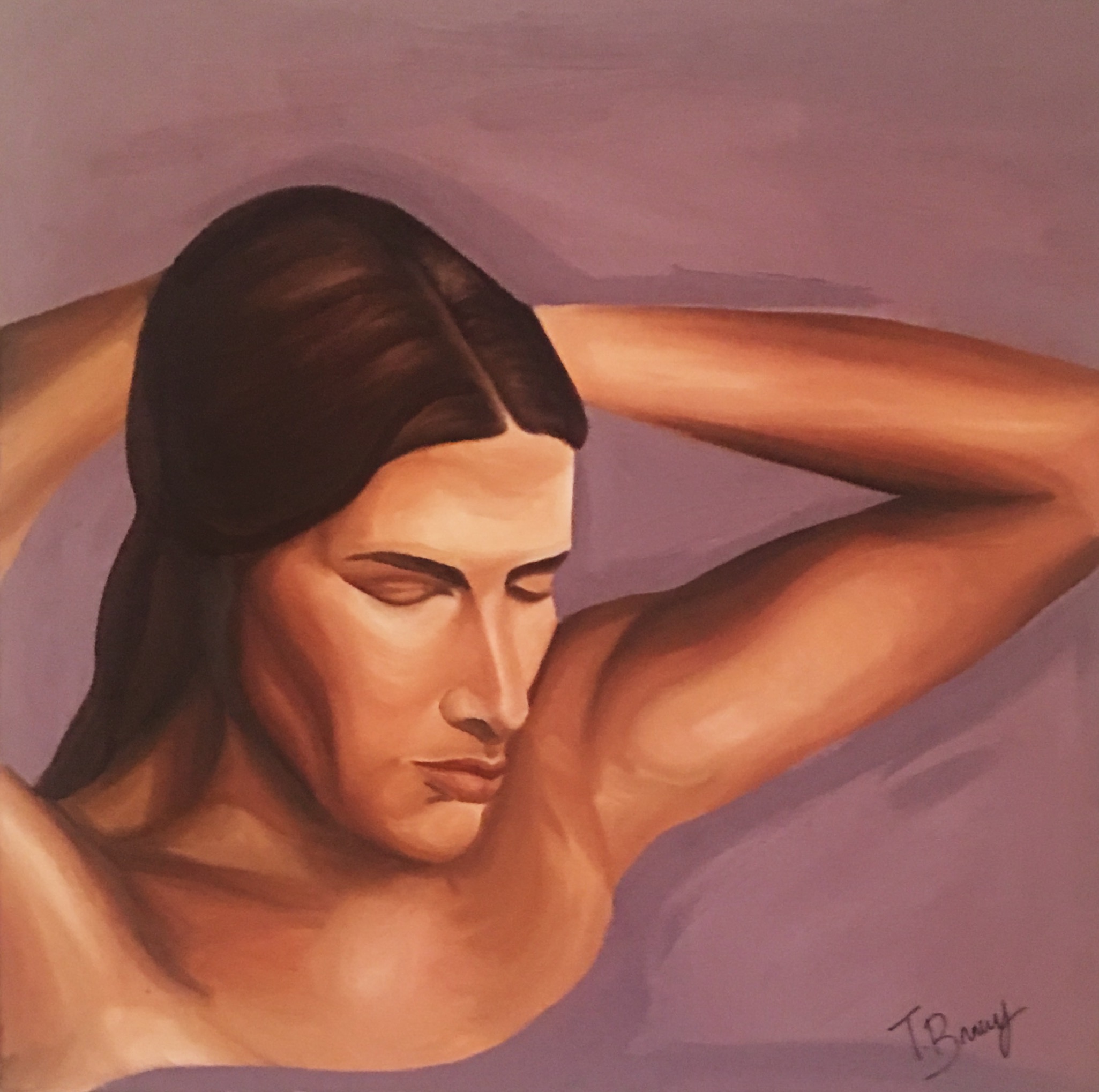
SIFC: What would you like to have your viewers take with them when they view your work?
TB: In my opinion, good art requires you to do some self reflection. My work celebrates the beauty in minor, even mundane moments. For example, I have a piece featuring a woman pulling her hair back. It’s something small, that we all do daily but we all probably do it differently. Depending on your hair, if you’re in public or in private, if you’re in a rush, etc. I want viewers to reflect on their own small moments, and through that allow themselves to stay there just a little bit longer. Additionally, I want viewers to think of each painting as the embodiment of a real woman. I title them with real names, which I put a ton of thought into. A name tells a story, so I like to add that additional context to each painting. In real life settings or on social media I tend to call my paintings babes or ladies, it feels more true to me. Art can be a little elitist and people struggle with how to consume it or talk about it. So by referring to a piece as she/her/babe/lady hopefully it makes viewers feel at ease.
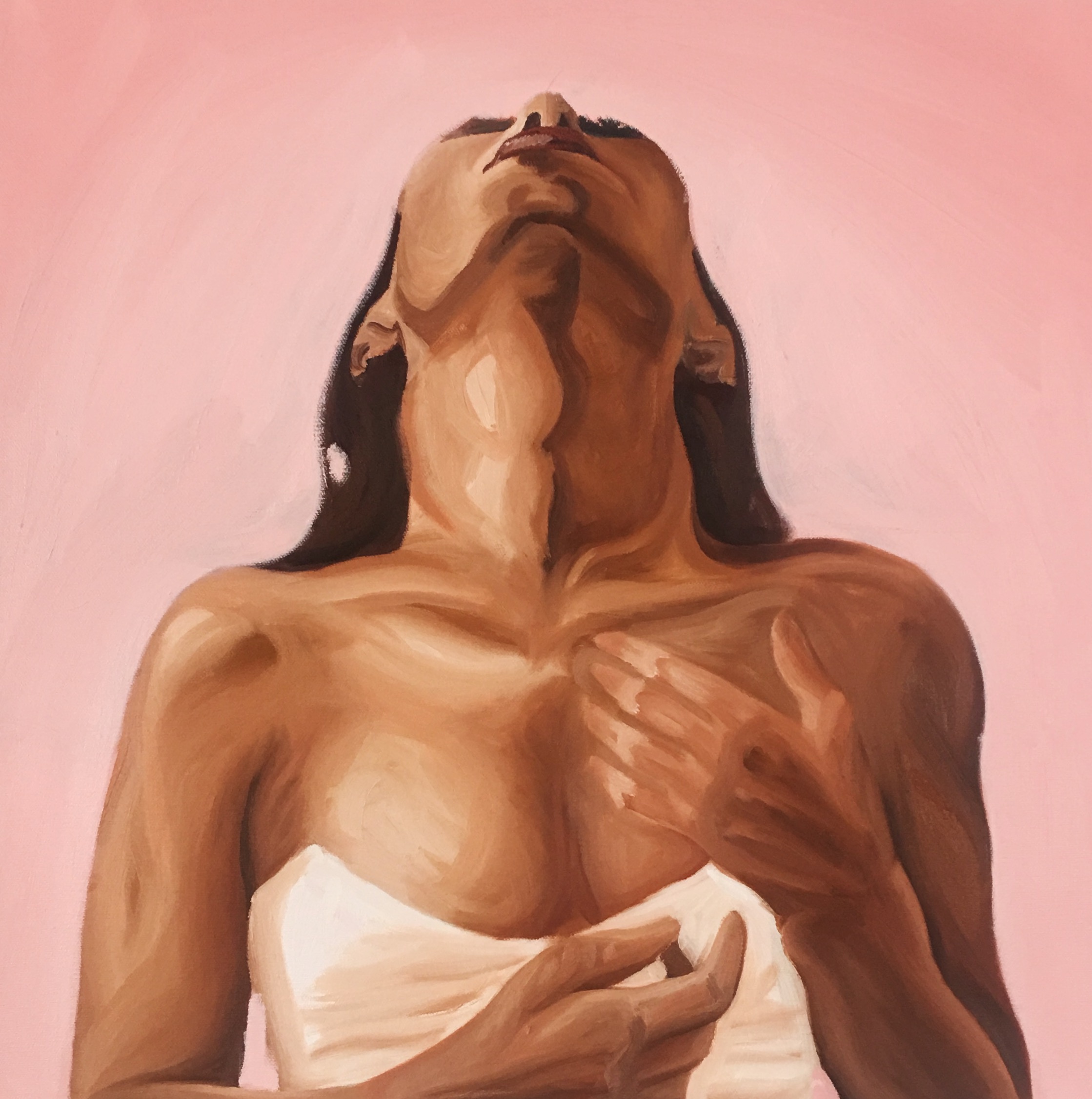
SIFC: What are you currently working on and what excites you about it?
TB: I’m working on two projects that I’m really excited about. The first is a new series of paintings. I’m going much larger in canvas size and focusing on the essence of female relationships. Luckily both of my grandmothers are still alive, my mom is phenomenal, I have 4 sisters and really supportive female friendships, all of which have influenced who I am as a woman and as an artist. In visual culture, whether through TV/Film or advertising, we zone in on romantic relationships – mostly heterosexual partnerships. But through this new series of paintings, I want to shift our focus. There are so many stories to be told through how we connect with other women. I’m excited to share them through portraiture. The second is a collaboration with Lost Girls Vintage, a local vintage shop that does pop ups around the city. We are creating a collection of hand painted denim pieces that will launch in mid- January. This is my first brand collaboration and has already been an amazing learning experience. It’s pushing me to think of my artistic practice as a business. Making my art more accessible through collaborations is definitely something I want to do more of in the future.
Featured Image: Image: Tianna Bracey, Self Portrait, 2018. Oil on canvas. Painted on a limestone colored background is the female bust. The variants of brown in her skin accentuate shoulders, collarbones and jawline. She looks to the right, smiling and her brown hair is pulled back into a sleek bun at the nape of her neck. Image courtesy of the Artist.

Tianna Bracey is an emerging visual artist exploring the female experience through portraiture. With a degree in Art History, she has a critical view of the canonical male gaze and values portraying women from the female perspective. Although her work features ladies of all shades, as a woman of color she aims to create more representation of black and brown bodies.
